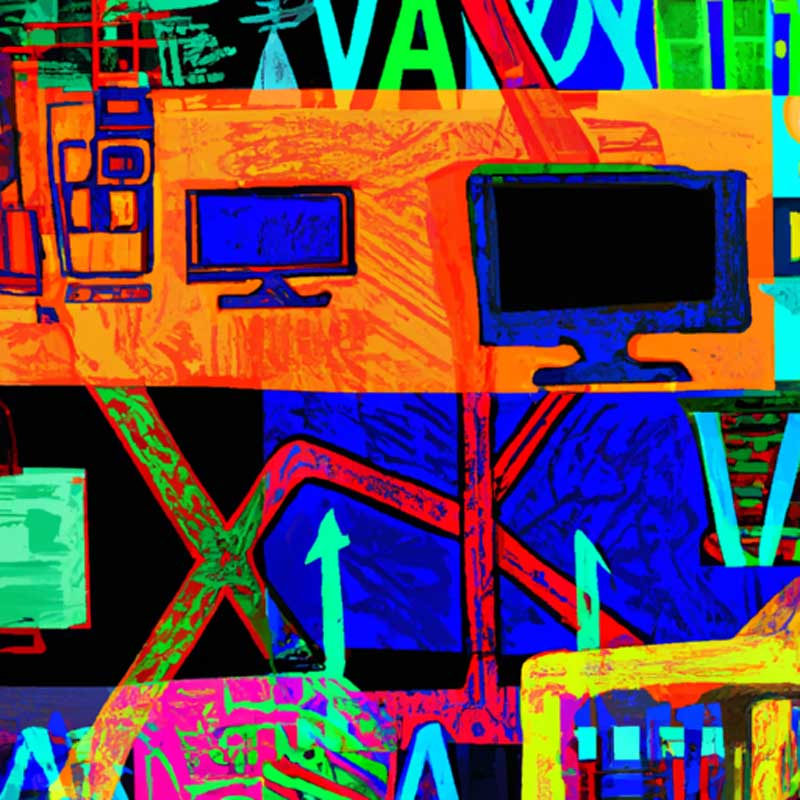Key Points:
- Paper checks are still the preferred method of payment for 40% of commercial transactions
- Legacy methods of B2B payments are inefficient and costly
- There is a need for electronic payment methods to reshape the B2B payments ecosystem
- Automation and digitization of payments can lead to cost savings and improve efficiency
- Providers are offering more payment services to help shift businesses away from paper checks
The use of paper checks for business-to-business (B2B) payments is still prevalent, despite the digital age we live in. This reliance on paper checks is causing inefficiencies and manual processes that are costing businesses time and money. However, there is hope for change as electronic payment methods are emerging to reshape the B2B payments landscape.
According to a report by PYMNTS Intelligence, 40% of commercial transactions still rely on paper checks as the primary method of payment. This outdated method involves physically cutting paper checks, hand signing them, placing them into envelopes, and mailing them out. This manual process happens thousands of times a month for large enterprises. With the availability of technological advancements in the digital era, this manual process seems archaic and inefficient.
The digital revolution has already eliminated many outdated innovations, such as typewriters and physical stock certificates. However, paper checks remain a prominent feature in B2B payments, causing frustration and delays in commercial transactions. This reliance on paper checks is hindering the progress and efficiency of businesses in the 21st century.
But change is on the horizon. Innovative, reliable, and secure electronic payment methods are emerging as potential alternatives to paper checks. These electronic payment methods have the potential to reshape the B2B payments ecosystem, offering greater efficiency and cost savings.
There is a growing recognition among organizations of the need to update and modernize their payment processes. Many companies still have manual, paper-based processes that are costly and resource-intensive. They are keen to digitize invoices and switch from paper checks to electronic forms of payment, such as virtual cards or Automated Clearing House (ACH) transfers.
As we enter 2024, it is likely that there will be an increasing number of providers offering payment services to facilitate the transition away from paper checks. This shift will help businesses streamline their payment processes and improve efficiency in the B2B payments landscape.
The benefits of electronic payments are significant. Traditional accounts payable (AP) programs require a large number of people, manual processes, and labor, all of which carry costs for businesses. The manual and paper-based processes are inefficient and do not create value for businesses. By automating and digitizing payments, businesses can eliminate these inefficiencies and save costs.
Furthermore, the subjective concerns and expectations of business customers are reshaping the B2B payment ecosystem. Businesses now expect seamless underwriting, credit processes, and money flows. The finance function has become a vital part of the customer experience in the B2B industry. By digitizing payment processes, businesses can enhance customer satisfaction and capture more customers.
In summary, the reliance on paper checks in B2B payments is a barrier to progress and efficiency in the 21st century. However, electronic payment methods are poised to reshape the B2B payments ecosystem by offering greater efficiency, cost savings, and improved customer experiences. The shift away from paper checks to electronic payments is long overdue, and businesses can benefit significantly from embracing this change.
